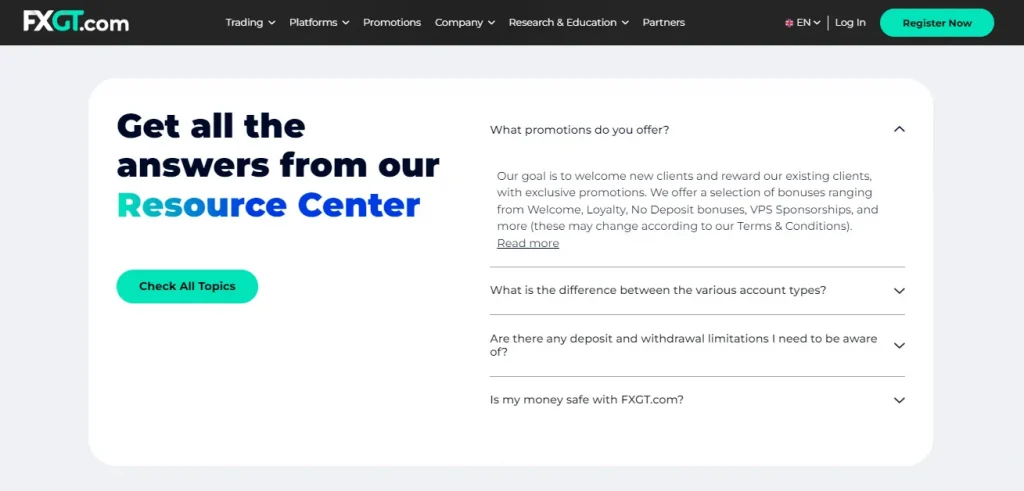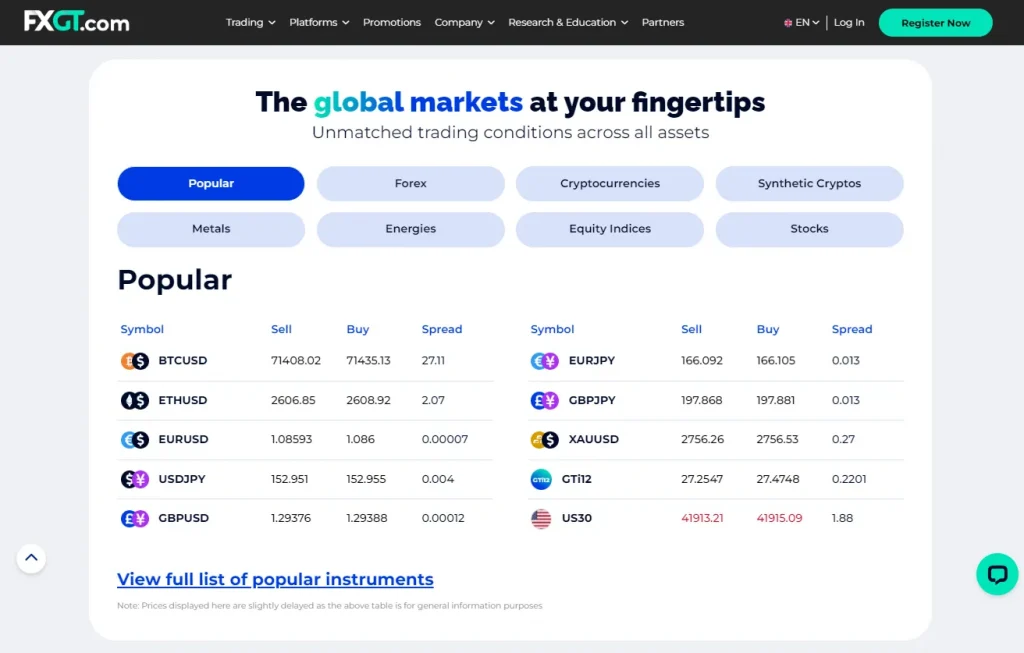Understanding FX Edge Trading
The concept of FX Edge represents a crucial aspect of forex trading where market conditions create statistical advantages for traders. In Malaysia’s growing forex market, understanding these edges can significantly impact trading success. The foreign exchange market offers unique opportunities for traders who can identify and capitalize on market inefficiencies and price movements. Malaysian traders have increasingly recognized the importance of developing systematic approaches to exploit these market advantages.

Key Components of FX Trading Edge
- Market trend analysis
- Risk-reward optimization
- Technical indicator integration
- Price action patterns
- Position management
Market Analysis Framework
| Analysis Component | Purpose | Implementation |
| Technical Analysis | Pattern identification | Chart study and indicator use |
| Fundamental Analysis | Economic impact assessment | News and data monitoring |
| Sentiment Analysis | Market psychology | Order flow examination |
Finding Your Trading Edge
Successful implementation of FX Edge requires systematic approach and disciplined execution. Professional traders in Malaysia consistently focus on developing and maintaining their competitive advantages in the market. This process involves continuous learning, adaptation to changing market conditions, and refinement of trading strategies based on performance analysis and market feedback.
Creating Sustainable Advantages:
- Developing robust trading systems
- Maintaining proper risk management
- Implementing thorough market analysis
- Following disciplined trade execution
- Regular strategy evaluation

The dynamic nature of forex markets requires traders to constantly evolve their strategies and adapt to changing conditions. Successful traders in Malaysia understand that maintaining an edge requires continuous education, practice, and refinement of their trading approach. They regularly review their performance, analyze their trades, and make necessary adjustments to their strategies to ensure sustained profitability.
Price Action Analysis
Advanced Trading Strategies:
- Trend following methodologies
- Breakout trading systems
- Range trading approaches
- Momentum-based strategies
- Counter-trend tactics
Risk Management Framework
| Risk Component | Target Level | Maximum Deviation |
| Position Size | 1-2% per trade | 3% maximum |
| Stop Loss | 20-30 pips | 50 pips maximum |
| Take Profit | 60-90 pips | Based on R:R ratio |
Technical Integration
The effective application of FX Edge often involves combining multiple technical indicators:
- Trend Indicators
- Momentum Oscillators
- Volume Analysis Tools
- Volatility Measures
- Custom Indicators
Psychological Preparation
Maintaining emotional discipline represents a crucial edge in forex trading. Malaysian traders should focus on:
Building Mental Strength:
- Developing patience
- Managing stress
- Controlling impulses
- Maintaining focus
- Regular self-assessment
FAQ
What is the most important aspect of FX Edge trading?
Risk management and consistent strategy implementation are paramount for successful edge trading.
How can beginners develop their trading edge?
Start with thorough market education, practice on demo accounts, and gradually develop a systematic approach to trading.
What timeframes work best for edge trading?
Higher timeframes (4H and above) typically provide more reliable signals and better risk-reward ratios.
How important is position sizing in edge trading?
Position sizing is crucial as it helps maintain consistent risk levels and protects trading capital during drawdown periods.
Can technical indicators provide a reliable trading edge?
While technical indicators can help identify opportunities, they should be used as part of a comprehensive trading strategy rather than in isolation.

